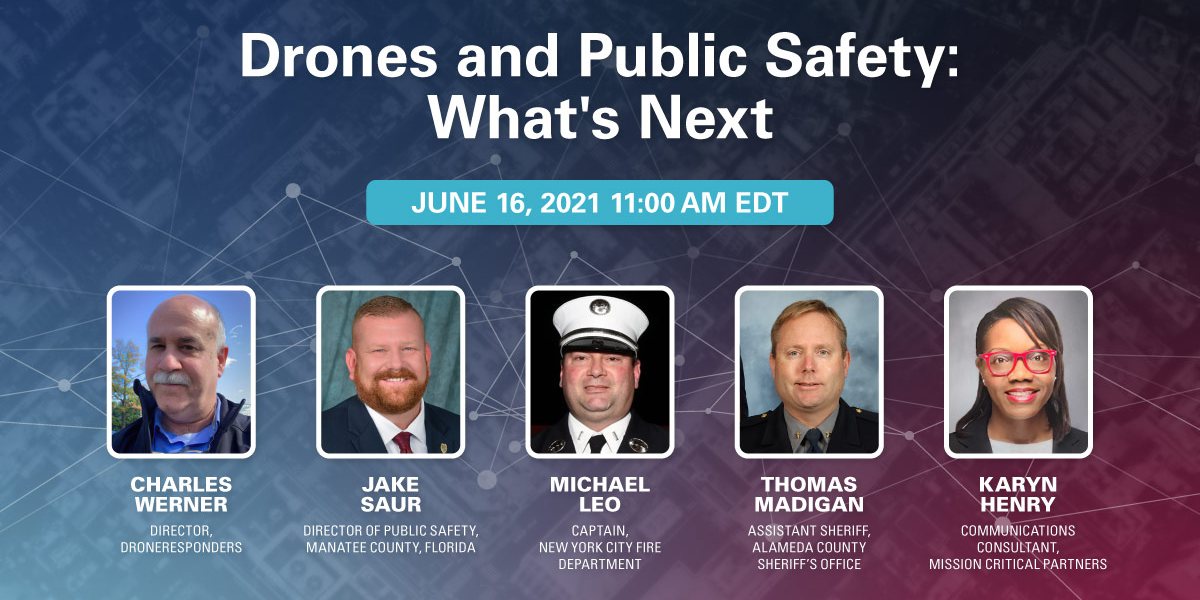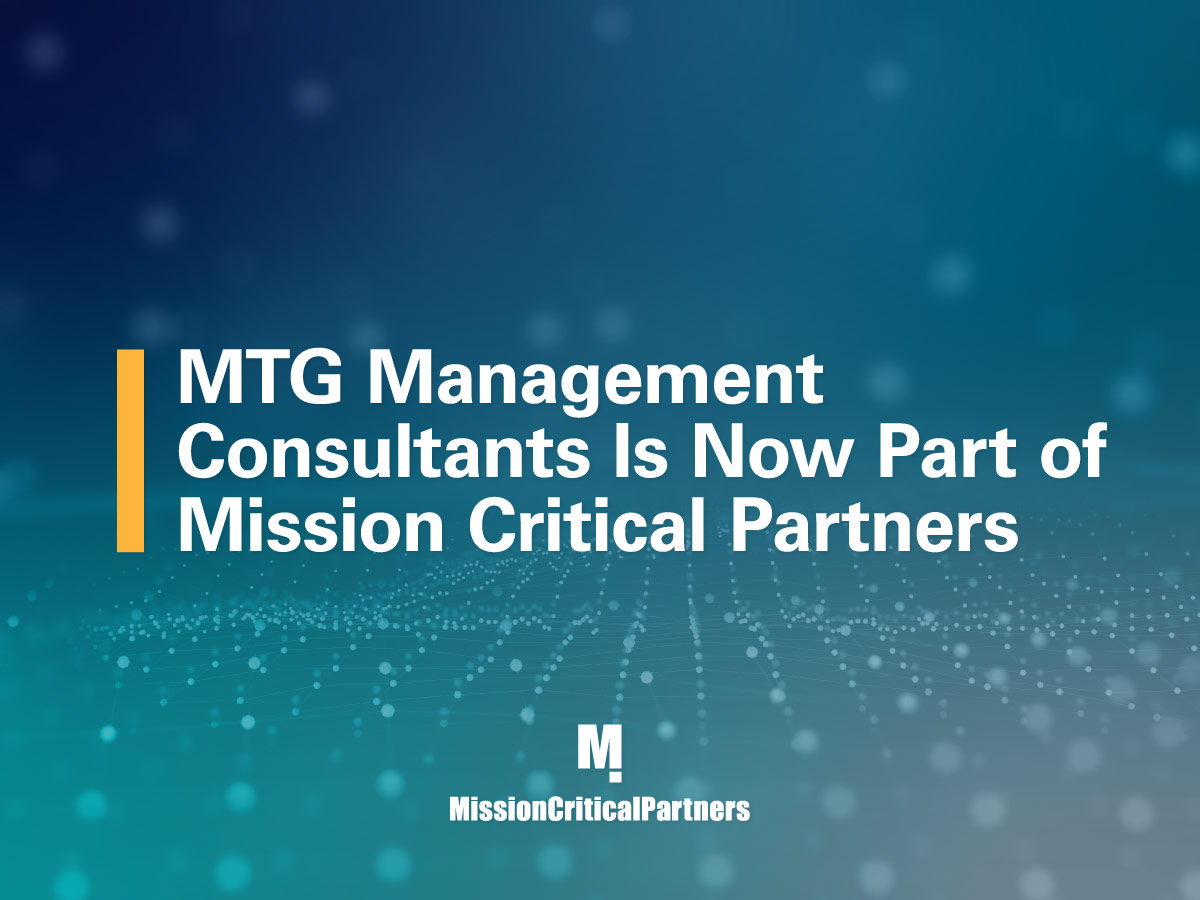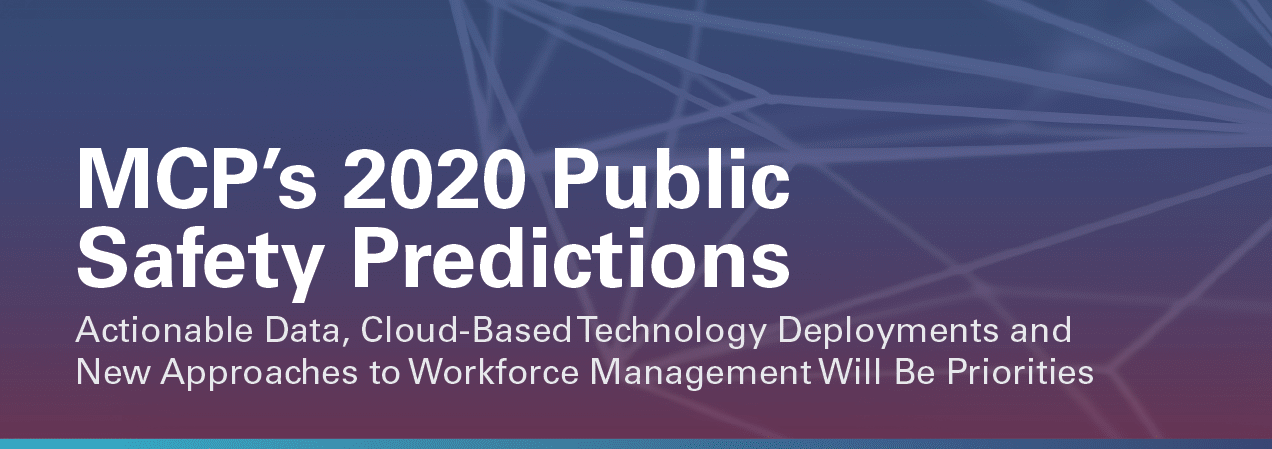A Toolkit Designed To Help Telecommunicators Get Their Due
A problem long has existed in the 911 community, which is that telecommunicators working in emergency communications centers (ECCs) from coast to coast are wrongly classified by the federal government. This has a profoundly negative effect on their self-esteem, compensation, and career development.
The National 911 Program created a toolkit, with Mission Critical Partners’ help, to address this. More on that soon — but first a little history.













